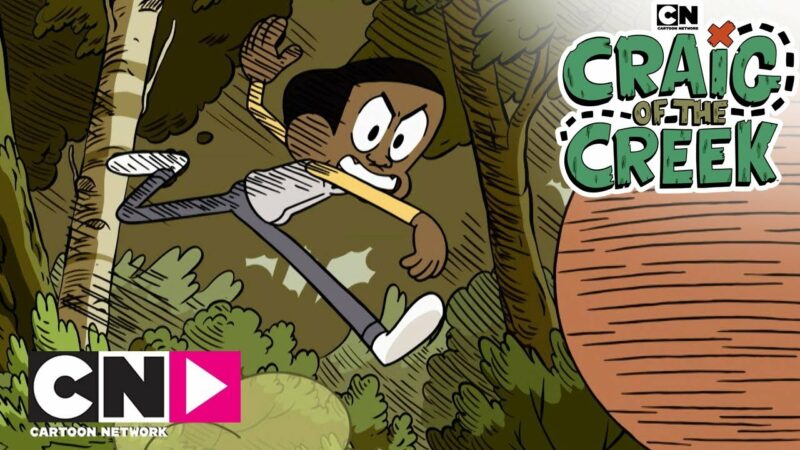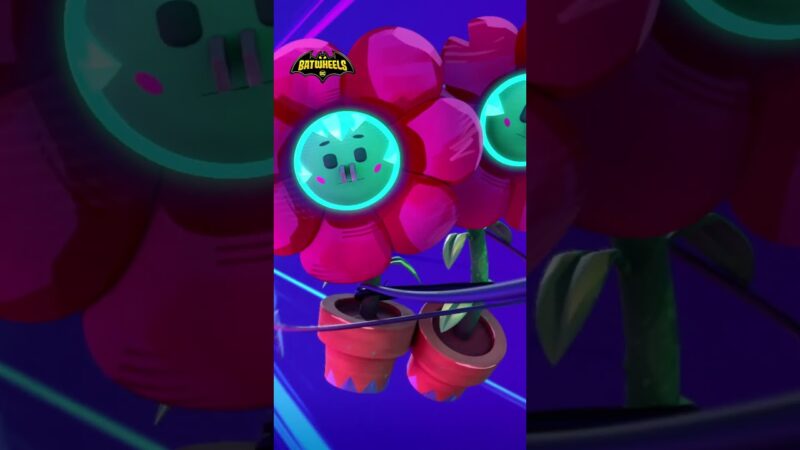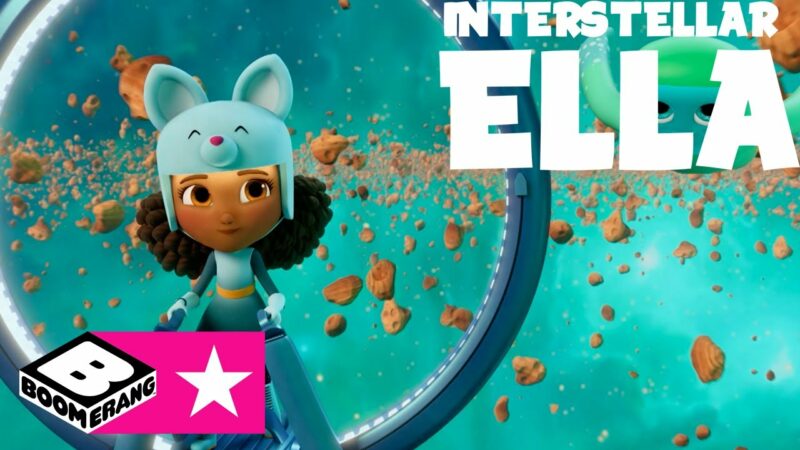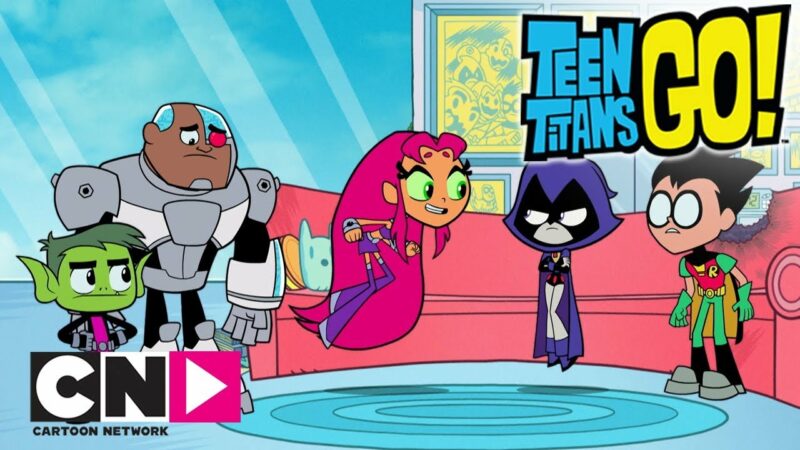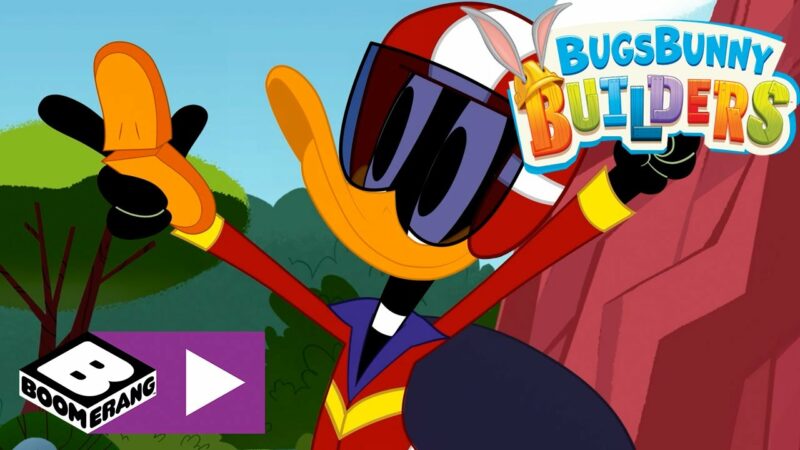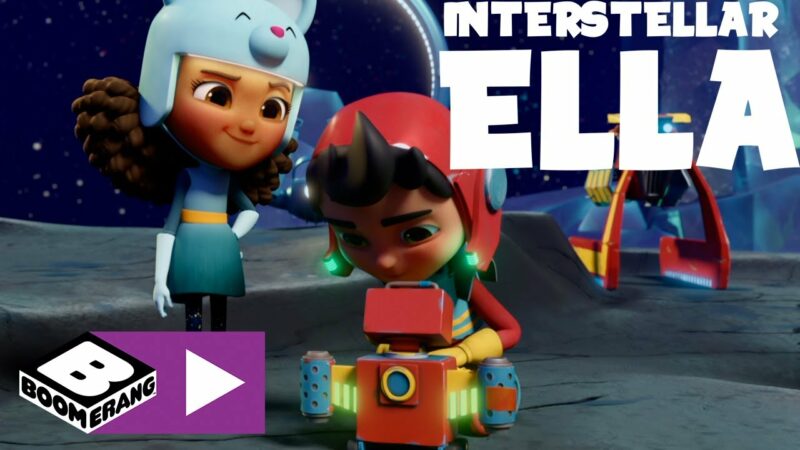The Adventures of Super Mario – The 1990 animated series
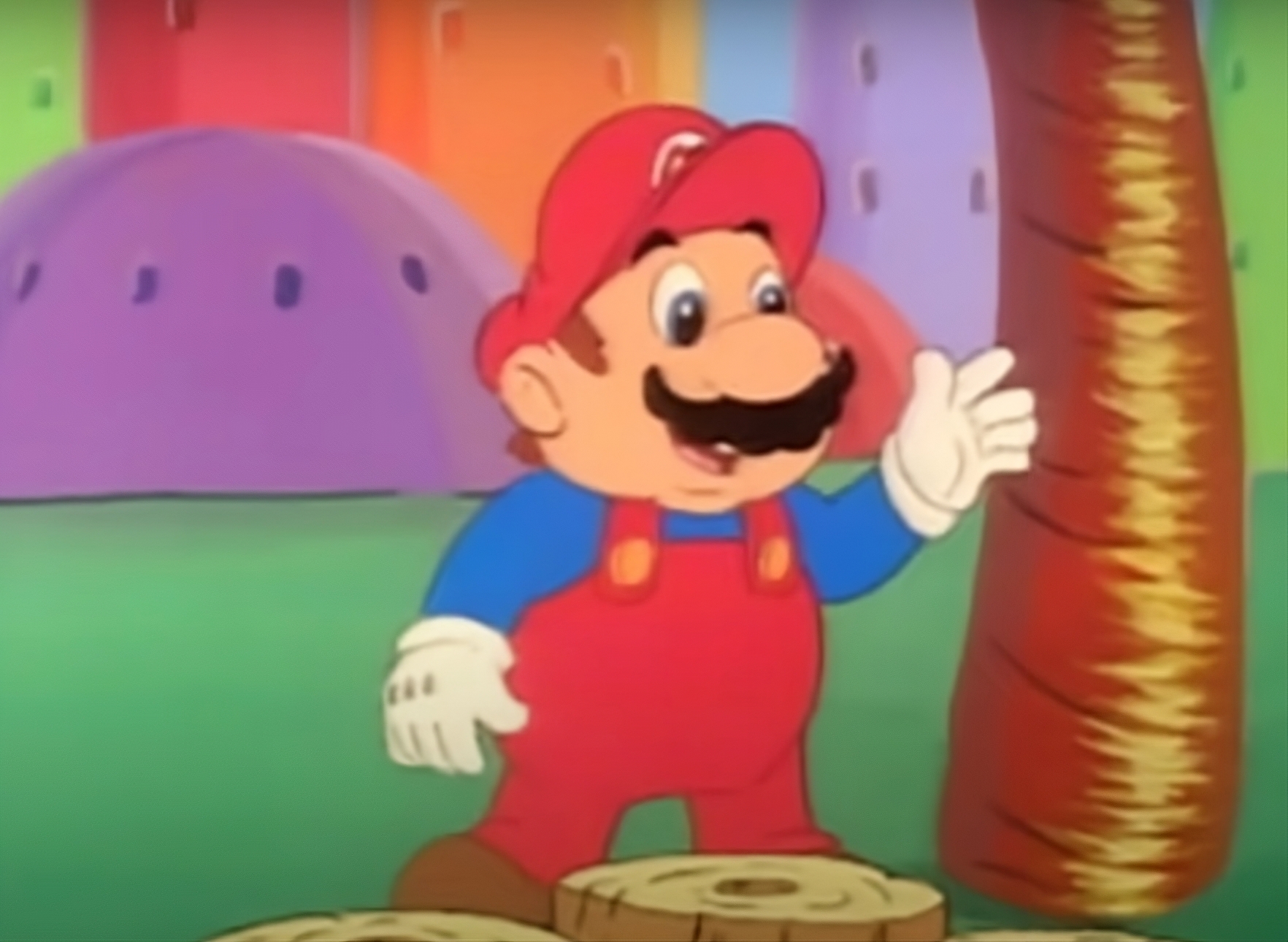
“The Adventures of Super Mario”, also known as “Super Mario World” in some versions, is an animated series that brought to the small screen the adventures of the two most famous plumbers in the world of video games, Mario and Luigi. Produced between 1990 and 1991, this series was a direct sequel to “The Super Mario Bros. Super Show!” and preceded “The Adventures of Super Mario Bros. 3.”
Plot and Development
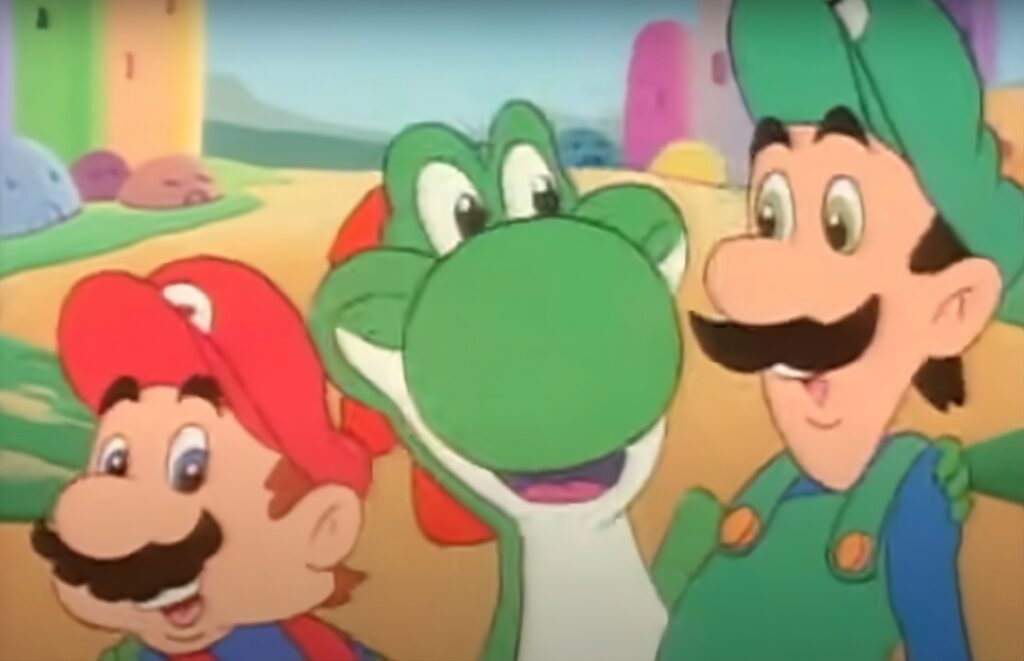
The series follows the adventures of Mario, Luigi, Princess Peach (Toadstool) and their friend Toad in the Mushroom Kingdom. Together, they face the threats of the evil Bowser (King Koopa) and his children, the Koopalings, in a series of adventures that are often directly inspired by the levels and scenarios of the original Nintendo video games.
n the colorful and fantastic world of the Mushroom Kingdom, the “Adventures of Super Mario Bros. 3” series unfolds through a series of episodes that, despite being distinct, weave together an epic and compelling narrative.
The Beginning of the Adventure
The saga begins with a daring attempt by Bowser and his sons to capture a giant prince, a plan that is promptly foiled by Super Mario and his group. This episode marks the beginning of a series of challenges that Mario, Luigi, Princess Peach and Toad will face, demonstrating courage and ingenuity against Bowser's machinations.
Continuously Evolving Challenges
Each episode introduces a new challenge: from the attempt to conquer America on Wendy's birthday, to the mysterious story of the Mummy Queen who kidnaps Mario due to his resemblance to a sarcophagus. In every situation, the group proves that they are ready to respond with cunning and determination, saving the day and protecting the Mushroom Kingdom and the real world from increasingly ingenious and dangerous threats.
Travel and Conflict
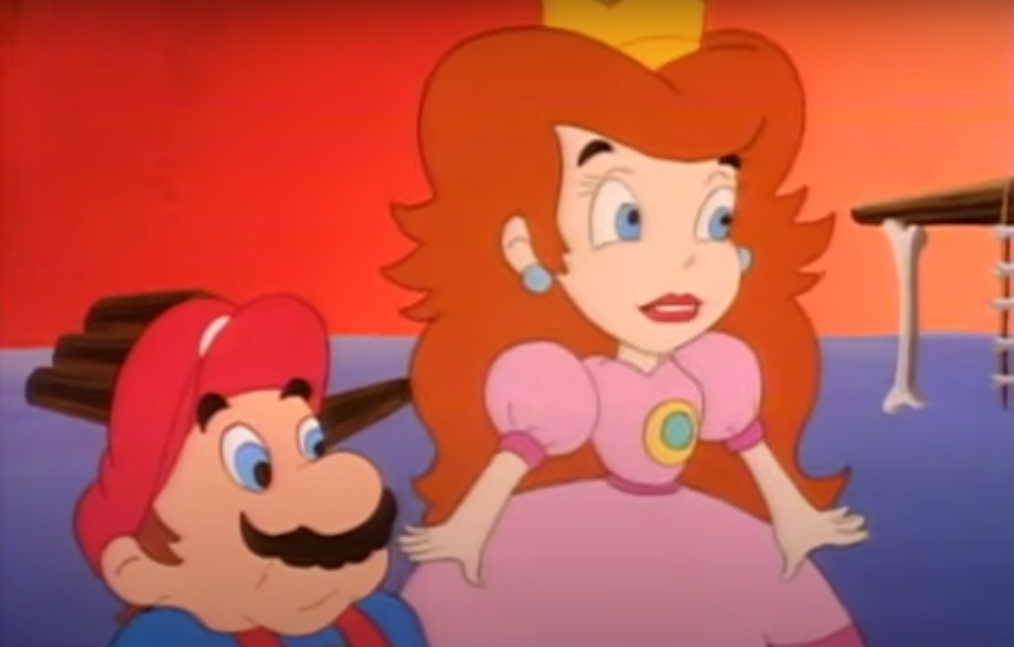


The adventures take Mario and his friends to distant and exotic places, from the White House to the Egyptian pyramids, and even on vacation to Hawaii, where they must face a robot identical to Princess Peach. In each location, they encounter new challenges, such as Luigi and a housekeeper turning into dogs, or Bowser's attempt to paint the citizens of the Mushroom Kingdom red and blue to sow discord.
Moments of Growth and Union
The series is not only a succession of battles and rescues, but also a journey of personal growth for the characters. Moments like the fight between Mario and Luigi, or Wendy and Morton's decision to temporarily abandon the Koopa group, show the depth and complexity of the characters, making the story even more engaging.
The Pinnacle of Action
The saga reaches its climax when Bowser and his children attempt to conquer the seven continents of the real world, a plan that is foiled thanks to the ingenuity of Princess Peach and the courage of Mario and his group. This episode symbolizes the continuous struggle between good and evil, between ingenuity and brute force.
A Timeless Hero



In "The Adventures of Super Mario Bros. 3", each episode contributes to building an epic story, where heroism, friendship and determination always triumph. Mario, with his red hat and his legendary jumps, is not just a plumber or a hero of the Mushroom Kingdom, but a symbol of hope and resilience that continues to inspire generations.
Distinguishing features
One of the distinctive characteristics of “The Adventures of Super Mario” is its strict adherence to the world and style of the games from which it draws inspiration. The series incorporates many of the games' iconic elements, such as power-ups, pipes, and the various enemies that Mario and Luigi must face. Furthermore, the series stands out for its humor and imaginative stories, which often see the protagonists travel to exotic locations and face unusual challenges.
Production and Dubbing
The series was produced by DIC Entertainment, in collaboration with Nintendo. The original dub includes voices like those of Walker Boone (Mario) and Tony Rosato (Luigi), who brought the characters to life with their talent and expressiveness.
“The Adventures of Super Mario Bros. 3”, unlike its predecessor, introduced significant innovations in the production of the animated series. By eliminating the live-action elements, Wart's followers, and King Koopa's alter egos, the series featured an entirely new cast, with the exception of John Stocker and Harvey Atkin, who reprized their roles as Toad and King Koopa, respectively. A distinctive element was the introduction of the Koopalings, characters based on the Mario games but with different names. The episodes, divided into two segments of approximately 11 minutes each, began with a title card showing the world map from “Super Mario Bros. 3,” often including the use of power-ups and other game elements.
Format
The series focuses on Mario, Luigi, Toad and Princess Toadstool, inhabitants of the Mushroom Kingdom. Most of the episodes revolve around their efforts to prevent attacks by King Koopa and the Koopalings, aimed at taking over the Princess' Mushroom Kingdom.
Production
Like “The Super Mario Bros. Super Show!”, the series was produced by DIC Animation City. The animation was created by the South Korean studio Sei Young Animation Co., Ltd., with the co-production of the Italian studio Reteitalia S.P.A. This international collaboration has helped create a high-quality product that reflects the cultural diversity of its creators.
Fidelity to the Video Game and Narrative Continuity
Building on “Super Mario Bros.,” the series incorporated enemies and power-ups seen in the game. Unlike the previous series, “The Adventures of Super Mario Bros. ” established a sense of continuity in the stories, something that was previously missing. Many episodes are set on Earth, consistently referred to as “The Real World” by the characters, with locations such as Brooklyn, London, Paris, Venice, New York City, Cape Canaveral, Miami, Los Angeles, and Washington, D.C. One notable episode, “7 Continents for 7 Koopas,” chronicles the invasion of the Koopalings on each of the seven continents.
Distribution and Transmission
Initially, the cartoon aired in the scheduled one-hour block “Captain N and The Adventures of Super Mario Bros. ” on NBC, alongside the second season of “Captain N: The Game Master.” The format featured two episodes of Mario Bros. with a full episode of Captain N in between. After “Weekend Today” aired in 1992, the series aired separately from “Captain N.” That same year, she was included in Rysher Entertainment's “Captain N & The Video Game Masters” syndication package.
Impact and Legacy
“The Adventures of Super Mario” has had a significant impact on popular culture, helping to further solidify the popularity of the Mario and Luigi characters. The series has been praised for its ability to capture the essence of the Mario games, making it a point of reference for fans of the franchise.
Distribution and Availability
The series was broadcast in various countries and was later made available on DVD and other streaming platforms. This allowed new generations of viewers to discover and appreciate the animated adventures of Mario and Luigi.
In conclusion, “The Adventures of Super Mario” represents a fundamental chapter in the history of animation linked to video games. With its faithfulness to the source material and its ability to entertain and engage audiences of all ages, the series remains a beloved classic and a shining example of how video games can inspire other media.
Technical Sheet: The Adventures of Super Mario Bros
- Original title: The Adventures of Super Mario Bros. 3
- Original language: English
- Country of Production: United States, Canada, Italy
- Authors: Steve Binder, John Grusd
- Production Studio: DiC Entertainment, Sei Young Animation, Nintendo of America
- Original Transmission Network: NBC
- First TV in the USA: 8 September - 1 December 1990
- Number of Episodes: 26 (complete series)
- Duration of an Episode: About 24 minutes
- Italian publisher: Jellyfish Movie (VHS)
- Transmission Grid in Italy: Italia 1, Fox Kids, Frisbee, Planet Kids
- First TV in Italy: Early 2000s
- Number of Episodes in Italian: 26 (complete series)
- Duration of an Episode in Italian: About 22 minutes
- Italian dialogues: Marco Fiocchi, Stefano Cerioni
- Italian Dubbing Studio: PV studio
- Director of Italian Dubbing: Enrico Carabelli
- Preceded by: The Super Mario Bros. Super Show!
- Followed by: The Adventures of Super Mario
Gender:
- Action
- Adventure
- Comedy
- Fantasy
- Music
Based on: Nintendo's Super Mario Bros. 3
Developed by: Reed Shelly, Bruce Shelly
Directed by: John Grusd
Original Voices:
- Walker Boone
- Tony rosato
- Tracey Moore
- John Stocker
- Harvey atkin
- Dan Hennessey
- Gordon Masten
- Michael Stark
- James Rankin
- Paulina Gillis
- Stuart stone
- Tara Strong
Composer: Michael Tavera
Countries of Origin: United States, Canada, Italy
Original language: English
Number of Seasons: 1
Number of Episodes: 13 (26 segments)
Production:
- Executive Producers: Andy Heyward, Robby London
- Producer: John Grusd
- Duration: 23–24 minutes
- Production Houses: DIC Animation City, Reteitalia, Nintendo of America
Original Release:
- Network: NBC (United States), Italia 1 (Italy)
- Release Date: September 8 – December 1, 1990
Related Productions:
- King Koopa's Kool Kartoons (1989)
- Super Mario World (1991)
- Captain N: The Game Master (1990)

